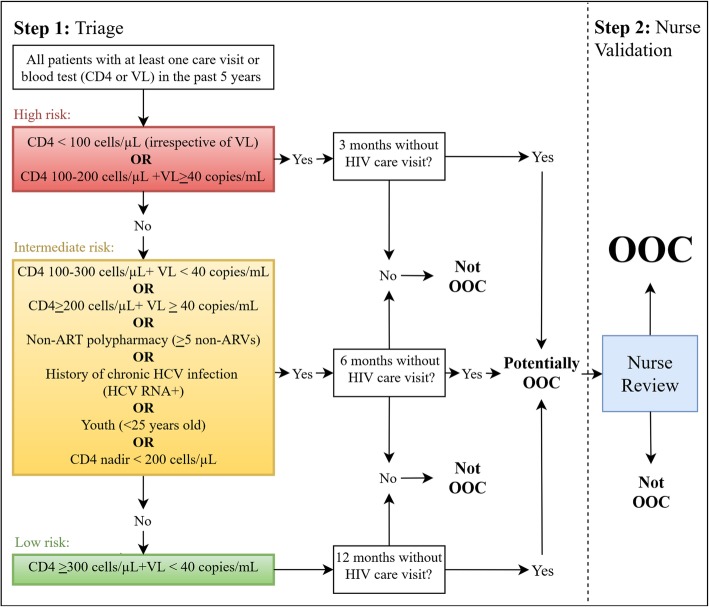At the McGill University Health Centre (MUHC), 10% of sufferers living with HIV don’t return for care yearly.
Currently, no formal system exists to re-engage out-of-care (OOC) sufferers. Lost & Found, developed utilizing an implementation science method, is an intervention to re-engage OOC sufferers. It relies on current evidence-based interventions and might be tailored to be used by nurses on the MUHC.
The goals of this study are to concurrently assess each implementation and effectiveness of Lost & Found so as to decide the viability of a future multisite stepped-wedge cluster randomised trial.
Lost & Found consists of two core parts: figuring out and contacting OOC sufferers. Based on formative work involving MUHC nurses, and the use of a mixed implementation framework (enhanced Replicating Effective Programs, Tailored Implementation for Chronic Diseases, and Proctor et al.’s implementation outcomes), we are going to adapt the intervention to our clinic.
Adaptations embrace the creation of an OOC threat prediction device, an automated real-time OOC checklist, and prioritization of high-risk OOC sufferers for re-engagement.
Delivery and ongoing adaptation of the intervention will observe a three-pronged implementation technique consisting of
- selling adaptability;
- planning, partaking, executing, evaluating, and reflecting cycles; and
- inner facilitation. T
his 15-month quasi-experimental pilot study adopts a type II implementation-effectiveness hybrid design.
To consider implementation, a convergent parallel mixed-methods method will information the blending of qualitative and quantitative information at time factors all through the study.
In addition, descriptive and pre-post analyses, for every of the implementation and sustainability phases, will inform evaluations of the cumulative effectiveness and sustainability of the Lost & Found intervention.
This study will present preliminary proof for (1) the utility of our chosen implementation methods and (2) the effectiveness of the intervention. Ultimately, this data could also be used to inform future re-engagement efforts utilizing implementation science in different HIV care centres.
In addition, the procedures and measurement instruments developed for this study might be foundational to the event of a multi-site, randomised stepped wedge study that would offer extra strong proof in help of the Lost & Found intervention.

ICI-RS 2019 nocturia assume tank: How can experimental science information us in understanding the pathophysiology of nocturia?
The following is a report on the proceedings of the 2019 International Consultation on Incontinence-Research Society nocturia assume tank (NTT).
The goals of the 2019 NTT had been as follows: (a) to consider the function of urothelium within the pathophysiology of nocturia; (b) to decide whether or not nocturia is a circadian dysfunction; (c) to focus on the function of melatonin in nocturia; (d) to think about ambulatory urodynamic monitoring in evaluating sufferers with nocturia; (e) to discover research of water dealing with in human compartments using heavy water; and (f) to discover whether or not primary science is the important thing to understanding the remedy choices for diminished bladder capability in sufferers with nocturia.
A compendium of discussions of the function of experimental science in understanding the pathophysiology of nocturia is described herein.Translational science will play an rising function in understanding the pathophysiology of nocturia, which can end in improved remedy methods.
